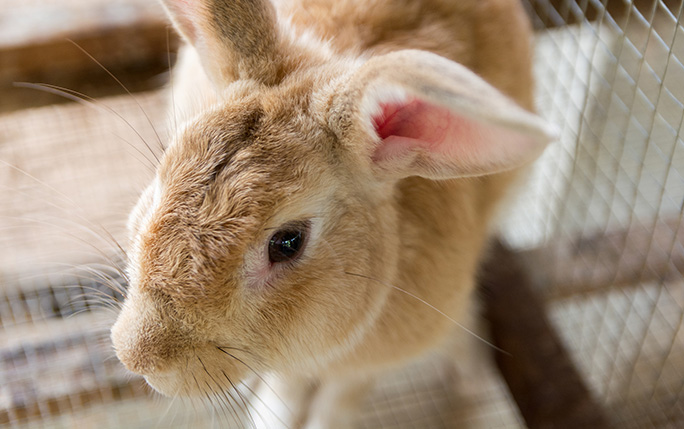Scientists warn of seasonal increase of deadly rabbit disease - detailed report

As part of SAVSNET’s on-going mission to develop real-time disease surveillance in small animals, researchers at the University of Liverpool are using big data and text mining methods to create a warning system for a devastating disease in pet rabbits and sheep. Flystrike – or myiasis – is caused by larvae of Lucilia sericata (the green bottle fly) feeding on the surface of the skin. This can cause severe tissue damage that is susceptible to secondary bacterial infections and may result in death of the animal.
Researchers used electronic health records from over 40,000 rabbit consultations collected from veterinary practices across the UK by SAVSNET, the Small Animal Veterinary Surveillance Network. Computers were programmed to screen all clinical records for suspect cases of flystrike and these records were read by a human researcher; this approach identified some 300 cases of flystrike amongst these rabbits (Figure 1).
“By analysing the dates on which rabbits were presented to veterinary practices with flystrike we were clearly able to identify the strong seasonal nature of this devastating disease, with most cases occurring between June and September,” said Rachel Turner a third year veterinary student (pictured below) who carried out the work as part of her veterinary undergraduate course. “As well as confirming the seasonality of the disease, we can now use these results to warn owners when to check their rabbits for any signs of flystrike and treat their rabbits to prevent it.”
Flystrike occurs from Spring to Autumn, when female flies lay their eggs on susceptible hosts such as rabbits and sheep. The flies are particularly attracted to soiled fur and diseased skin – often around an animal’s back end – that may be associated with diarrhoea, loose faeces or other discharges, or an animal’s inability to clean themselves effectively. Owners should check their rabbits frequently to make sure they are healthy, clean and can groom themselves properly. If they have any concerns they should take their rabbit to a veterinary surgeon immediately as the disease can progress extremely rapidly, within 24 hours, causing severe welfare problems and ultimately killing affected animals.
